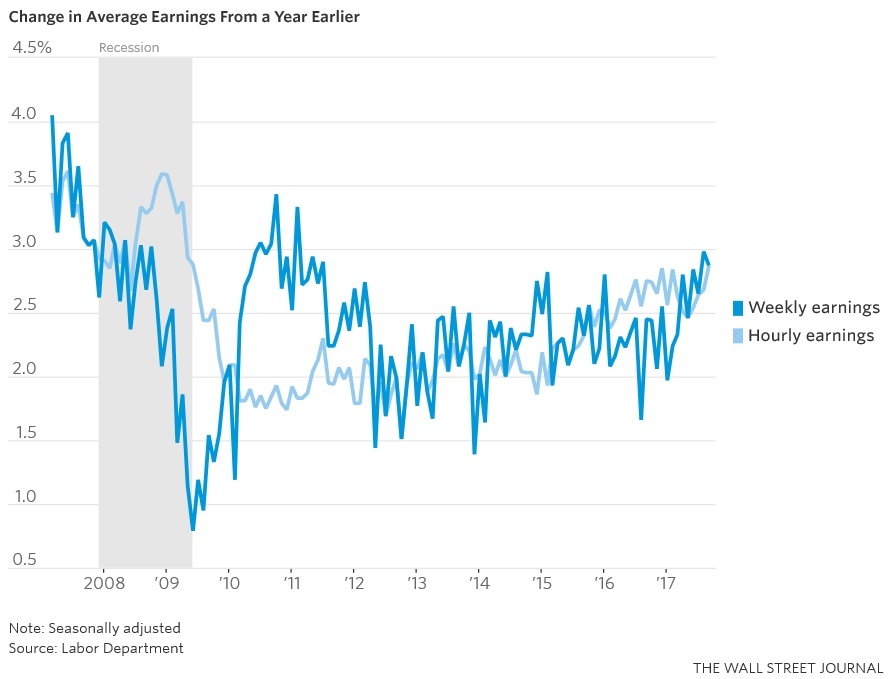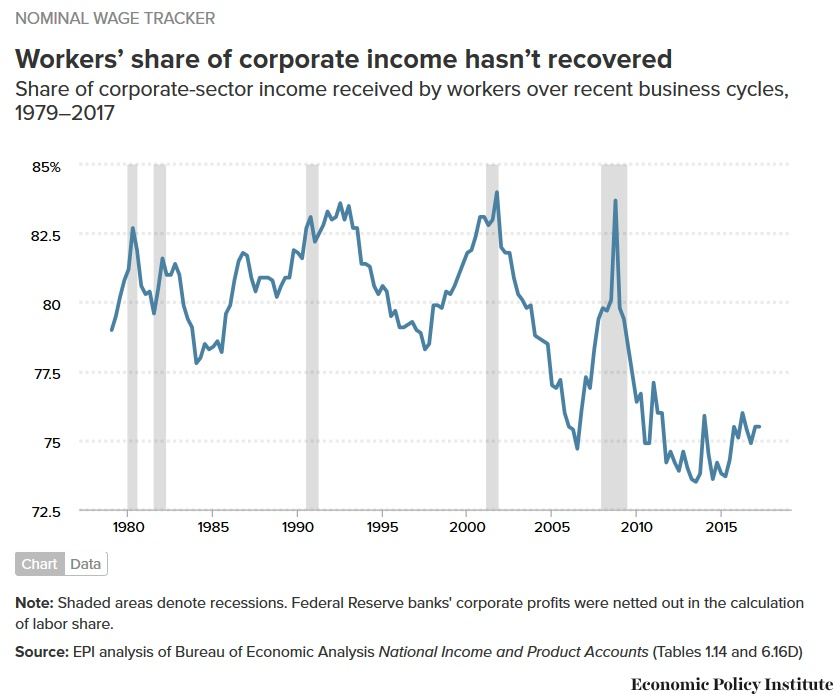Outlook:
The eurozone economy keeps posting new high and solid data, with Catalonia lurking in the background. Pres Puigdemont may declare independence in a speech today at 16:00 GMT (noon in NY) or may back down and opt for talks. A declaration of independence will be euro-negative, but probably only fleetingly. Bloomberg headlines "Spain readies forces able to seize Catalan leader," meaning police storming the parliament building. We guess that even in the event of arresting leaders for sedition and other draconian developments, the euro will not suffer too much, alt-hough a spike is only to be expected.
We are more likely to get a euro rally on the end of uncertainty, whatever that end turns out to be.
More pressing is Schaeuble's weekend comment that excessive levels of debt pose a giant threat to the world economy. The debt was taken on in response to the financial crisis—and Schaeuble is referring to central bank balance sheets, too—but there has never been a plan to unload any of it. He's right, and in addition, Schaeuble knows stuff we do not about the condition of (say) German banks. Schaeuble will become the president of the German parliament in the new Merkel government, whenever it gets formed.
We are still interested in the jobs report on Friday. Yes, 33,000 jobs were lost, breaking an 83-month run of gains, but hurricanes can do things like that. It means that when hurricane recovery gets into full swing, we will see high job growth numbers. What's more interesting is wage growth, which is needed if the Fed is ever to get the 2% inflation target. Wage growth is rising but still under 3% and a far cry from the 4% that prevailed pre-crisis.
The Economic Policy Institute notes that "The nominal wage target of 3.5 to 4 percent is defined as nominal wage growth consistent with the Federal Reserve's 2 percent overall price inflation target, 1.5 to 2 percent productivity growth, and a stable labor share of income." The US is falling short on all counts. See the charts. We are impressed by the wages growth discrepancy with the "ideal," but more so with the "workers' share of corporate incomes." The Man just doesn't want to pay. See the rest of the data and charts at http://www.epi.org/nominal-wage-tracker/.
The NYT had a lengthy story on wage stagnation. Here's a killer sentence: "... 44 years had passed with the typical American worker absorbing a roughly 2 percent pay cut." This deduction arises from the observation that "In 1972, so-called production and nonsupervisory workers — some 80 percent of the American work force — brought home average wages equivalent to $738.86 a week in today's dol-lars, after adjusting for inflation, according to an Economic Policy Institute analysis of federal data. Last year, the average worker brought home $723.67 a week." Thus, the average worker has gained nothing in 44 years and actually lost 2%.
The story mentions one of our favorite points: "Last year, only 10.7 percent of American workers were represented by a union, down from 20.1 percent in 1983, according to Labor Department data. Many economists see the decline as a key to why employers can pay lower wages." This is not to say we fa-vor unions or disfavor them, but it's necessary to point out that excellent wage growth in the eurozone is backed up by heavy unionization in every eurozone country. Having said that, nobody can argue that unions have not abused their power in the eurozone. It's why Macron got elected in France. It contrib-uted to Renzi's downfall in Italy. Years ago we saw a situation at Citibank in Amsterdam where an of-ficer who had stolen money from a customer account was still able to come into the office and sit at his desk under Dutch union rules. Abuse, indeed.
Anyway, while the market as a whole has accepted the Fed will be raising rates in December, it's spit-ting into the sea in terms of getting wage growth that will buttress the inflation-in-coming theory. We have heard nothing—zero, zilch—about the Trump administration pushing companies to raise wages after being given a tax cut or any other initiative.
The worrisome part is that the Dec hike could well be the last for a long time, an idea made come complicated by the changes to Fed personnel about to come. This is not to forecast a recession. It is to forecast that the rate hikes foreseen for next year might be illusory (or delusional) and when that acknowledgement hits, the dollar will suffer, especially if eurozone wage growth keeps rising and that helps Mr. Draghi start talking about tapering. The policy divergence trade, which took forever to mate-rialize, can vanish again.
In what is more than a tidbit but less than a major story, the FT reported yesterday "Hedge funds and other speculators carved out the biggest bullish bet on the pound in more than three years last week, just before Theresa May fumbled her much anticipated Tory conference address... Non-commercial futures traders reported 19,949 net long positions in the pound last Tuesday, up from 5,054 the previous week, data from the Commodity Futures Trading Commission released on Friday showed. It marked the biggest bet that the pound will rise since September 2014, according to Bloomberg calculations." This is a snapshot of sentiment. Hope that PM May would say something positive was driving it, as well as the sense that sterling was oversold. The catastrophic speech—with every comedy show show-ing the letters falling off the wall behind May as she spoke—raises the idea that sterling literally de-pends on May not resigning or being forced out. Nomura told the FT that if May departs, sterling could reach post-Brexit lows again. We draw another deduction—that the edges of what constitutes "oversold" in sterling are not as elastic as they seemed even a year ago. The rules of technical charting are not thrown out by Brexit.
For the immediate future, we expect the euro corrective rally to come to a natural conclusion sometime very soon, even today. The next target is the 50% retracement at 1.1608. But FX overshoots, so that tidy little model might get frayed around the edges. So far, however, the rate outlook in the US is the dominant theme.
Tidbit: The Nobel Prize winner for economics, Dick Thaler, said he will spend his prize money as irra-tionally as possible, in what passes for humor in economics. Thaler is the author of Nudge, a book about irrationality in decision-making and how public policy makers can overcome it to get the out-comes they seek. The one big real-life application: sign employees up for automatic savings and make them choose to opt out, instead of asking them to opt in. It worked—more savers. Behavioral econom-ics is far more useful than mathematic models.
| Currency | Spot | Current Position | Signal Date | Signal Strength | Signal Rate | Gain/Loss |
| USD/JPY | 112.36 | LONG USD | 09/13/17 | WEAK | 110.05 | 2.10% |
| GBP/USD | 1.3192 | SHORT GBP | 10/03/17 | WEAK | 1.3247 | 0.42% |
| EUR/USD | 1.1793 | SHORT EURO | 09/27/17 | WEAK | 1.1741 | -0.44% |
| EUR/JPY | 132.50 | LONG EURO | 09/13/17 | STRONG | 131.76 | 0.56% |
| EUR/GBP | 0.8939 | SHORT EURO | 09/13/17 | WEAK | 0.9033 | 1.04% |
| USD/CHF | 0.9767 | LONG USD | 09/25/17 | WEAK | 0.9732 | 0.36% |
| USD/CAD | 1.2505 | LONG USD | 09/27/17 | WEAK | 1.2389 | 0.94% |
| NZD/USD | 0.7075 | SHORT NZD | 10/06/17 | STRONG | 0.7088 | 0.18% |
| AUD/USD | 0.7790 | SHORT AUD | 09/25/17 | WEAK | 0.7963 | 2.17% |
| AUD/JPY | 87.53 | LONG AUD | 09/05/17 | STRONG | 87.30 | 0.26% |
| USD/MXN | 18.5855 | LONG USD | 09/22/17 | STRONG | 17.8066 | 4.37% |
| USD/BRL | 3.1882 | LONG USD | 09/27/17 | WEAK | 3.1670 | 0.67% |
This morning FX briefing is an information service, not a trading system. All trade recommendations are included in the afternoon report.
Recommended Content
Editors’ Picks
AUD/USD remains firm above 0.6600 ahead of RBA

AUD/USD maintains its bullish bias well and sound on Monday, extending the multi-session recovery past the 0.6600 barrier ahead of the key interest rate decision by the RBA.
EUR/USD keeps the constructive tone near 1.0800

EUR/USD started the week in a positive note amidst the Dollar’s inconclusive price action, altogether motivating the pair to attempt a move to the proximity of the 1.0800 region, where the 200-day SMA also converges.
Gold holds on to modest gains around $2,320

Gold trades decisively higher on the day above $2,320 in the American session. Retreating US Treasury bond yields after weaker-than-expected US employment data and escalating geopolitical tensions help XAU/USD stretch higher.
Bitcoin price holds above $63K as MicroStrategy tops BTC ownership list

Bitcoin (BTC) price recorded a rather bold two days this past weekend in a surge that saw millions in positions liquidated. However, the week is off to a calm start with altcoins sucking liquidity from the BTC market.
Stagflation warning: Service economy contracts as prices rise

In another stagflation warning sign, the U.S. service sector contracted in April even as service prices rose. The Institute for Supply Management's non-manufacturing PMI dropped to 49.4 in April, dipping from 51.4 in March.



